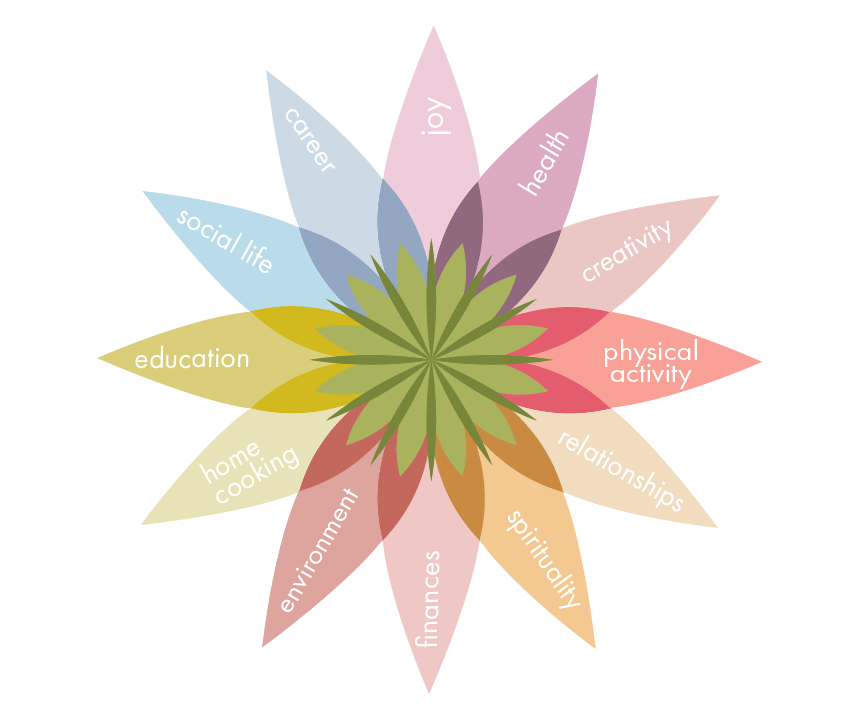Long Lived The Queen. Will We?
As I’m watching the funeral of Queen Elizabeth II being televised this morning, and listening to the announcers talking about how vibrant she was until the end, I’m inspired by how she lived her life with a purpose, she had joy in living out her duties for over 70 years. She was committed to her family, her country and her people. It was her Why. I started thinking about the parallels between how I coach my clients and the Queen’s lifestyle. So, in keeping with my Lotus of Life theme, I’m sharing some of my thoughts about not just her longevity, but the quality of life she lived.
Living life with a purpose is one of the key elements of longevity. As I like to call it, “Primary Food” or, how we choose to live our lives, not just for ourselves, but for our families, loved ones and community. We each have an individual approach to health, relationships, spirituality, creativity and other factors which give our lives meaning and purpose, well beyond the food we put on our plate, or, our “Secondary Food”.
Physically, the Queen had no illnesses, no cancer, dementia or other co-morbidities that most people will develop with aging. Yes she had servants and chefs and assistants at her beck and call, but she made her health a priority. The Queen stayed active throughout her life and into old age. She walked with her dogs, hiked around the grounds of her estates and rode horses. Was she in the gym running on a treadmill or lifting weights? Most likely no, but her commitment to regular exercise, getting outdoors and connecting with nature, led to a long and healthy life.
Her sense of purpose, her duties and commitment to her people, contributed to her lifespan. People with a strong sense of purpose in life have improved physical as well as mental health, and overall quality of life. She loved her job. It was her passion. Her “never retire” attitude meant that it was more than just a job.
Having an active social life is another “Primary Food” that decreases premature death. The Queen had a full social calendar and was always surrounded by people important to her. Loneliness puts us into a chronic state which increases inflammation and elevates our risk of illnesses such as cardiovascular disease. Having strong social relationships is a key factor to longevity.
Did genes play a role in the Queen’s longevity? Maybe, her mother lived to 101 years old, however her father, King George, passed in his mid 50s. Genes are only part of the picture, perhaps a mere 20%. Most of our quality of life is based on what we put into it.
And yes, how we eat matters, or as I call it, “Secondary Food”, the food we put on our plates. The Queen started her day with tea, and also had a mid-afternoon tea. But it was ritualistic, not due to afternoon slumps or cravings. She took time to, as I like to say, “pause and cause”, cause meaning taking some time for self-care. She also indulged a bit, she loved dark chocolate and finished her evenings with a glass of champagne.
Whether she was aware of it or not, she lived her life as if she was a member of the Blue Zone communities. Moving naturally, having a purpose, engaging in spiritual, family and social networks and a healthful diet with a few indulgences. What aspects of the Queen’s life can we implement into our daily lives? Are we living a life committed to a purpose or meaning? Spending time in nature? Finding time for movement throughout the day (remember my Exercise Snacks newsletter) and other self-care moments? Along with those, are we dedicating time to restful sleep? Mindful eating? My Lotus of Life tool outlines the 12 most important indicators of Primary Food, the food by which you live your life, more than just what we put on our plate. We may sit back and marvel at the Queen’s longevity, but there are no secrets to how she lived her life.


